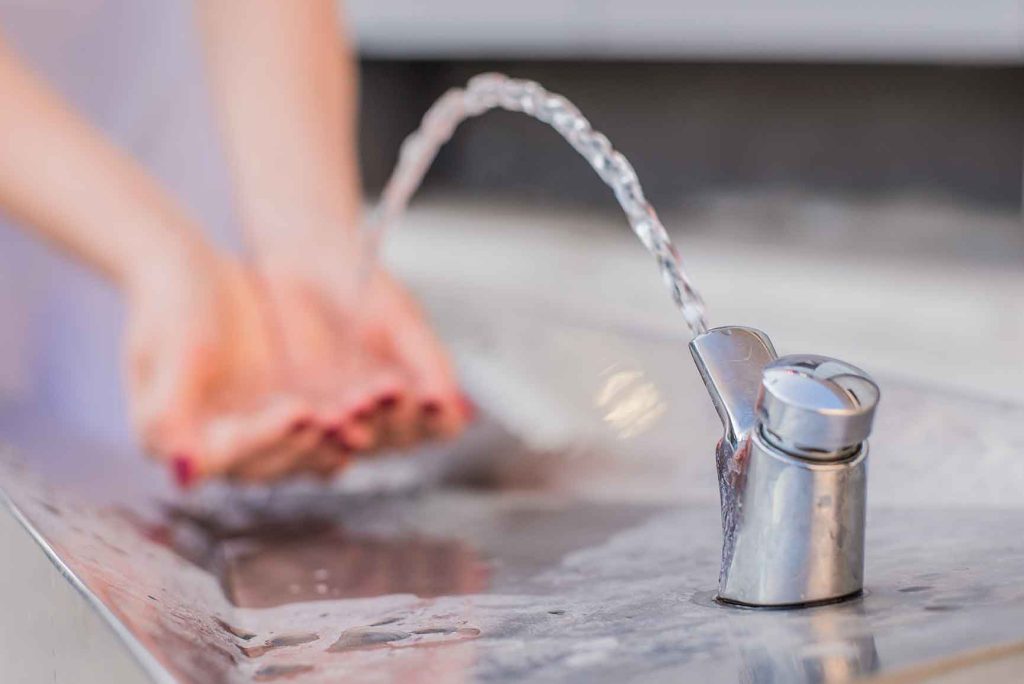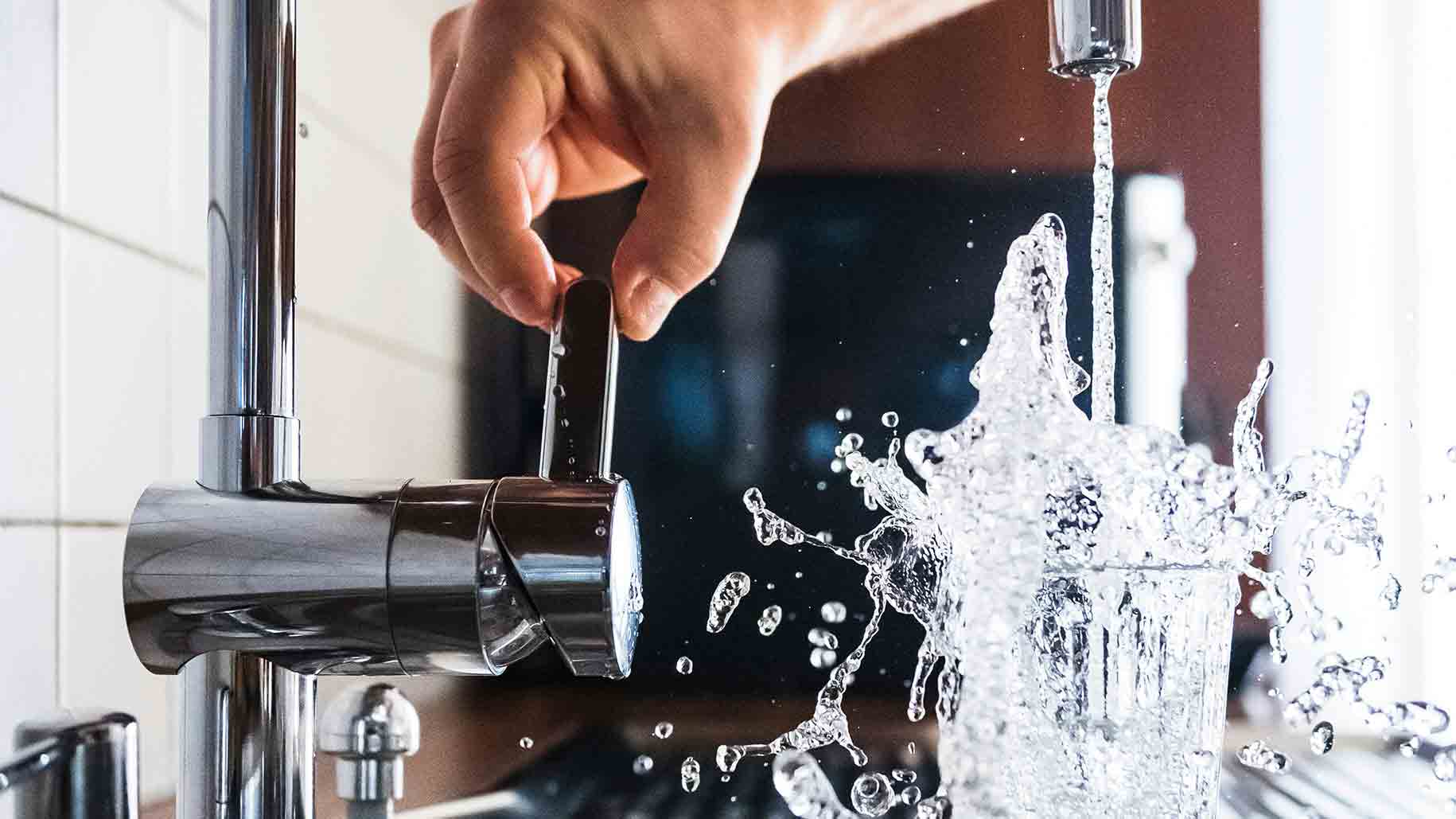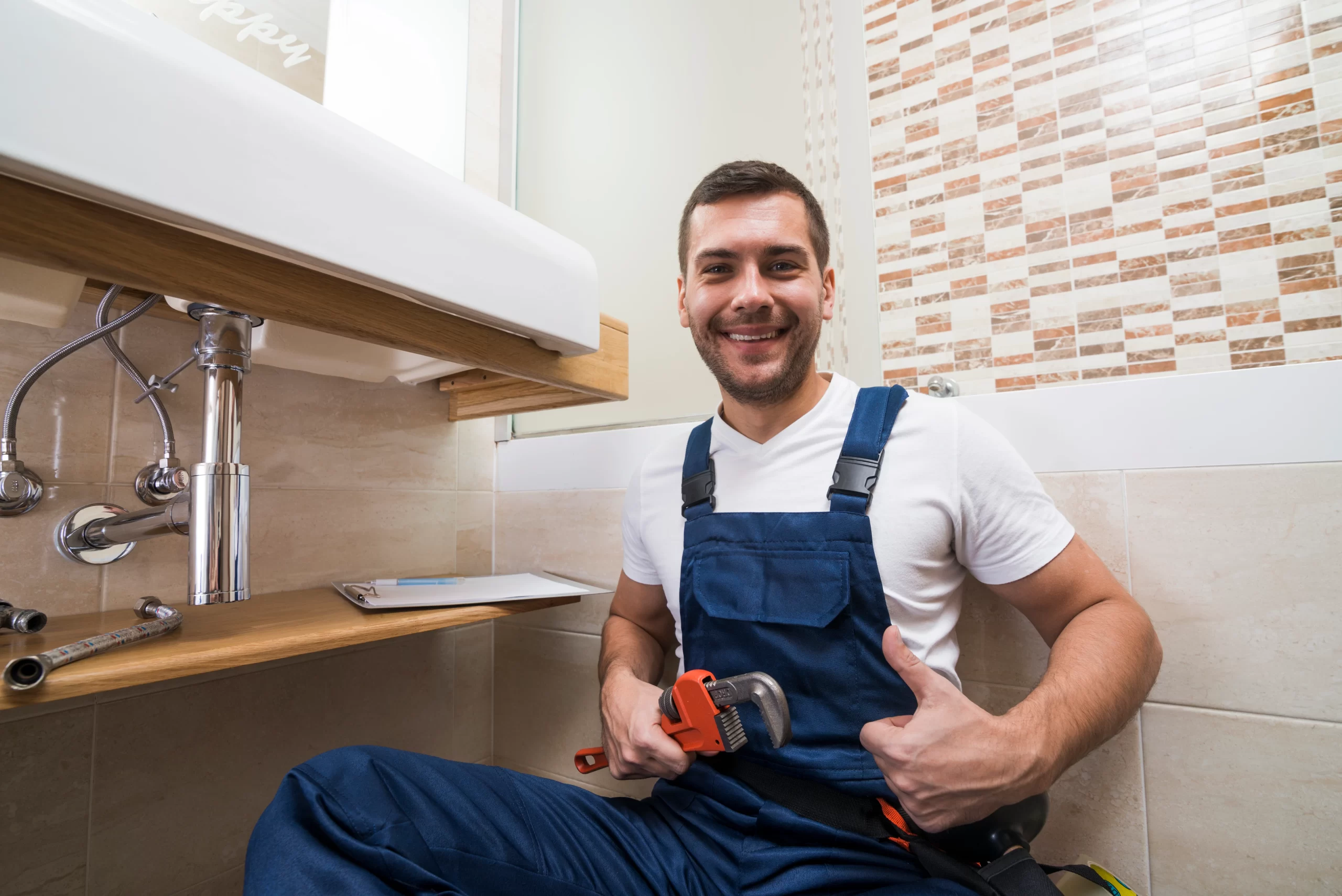Low water pressure is one of the most frustrating plumbing issues homeowners face. Whether you’re trying to take a shower, wash dishes, or simply fill a glass of water, weak water flow can disrupt your day. While occasional drops in water pressure are common, persistent low pressure often indicates a larger issue. Identifying the cause of the problem is the first step in restoring normal water flow and preventing further plumbing issues down the road.
In this blog, we’ll explore seven common causes of low water pressure and what you can do to fix them.
1. Clogged Pipes
Over time, your home’s plumbing system can accumulate debris, mineral deposits, and rust. This buildup narrows the diameter of your pipes, restricting water flow and leading to lower pressure at your taps. Hard water, which contains high levels of minerals like calcium and magnesium, is a common culprit in pipe clogs. The minerals can solidify in your pipes, especially in older plumbing systems.
If you suspect clogged pipes are to blame, it’s important to act quickly. Clogs not only reduce water pressure but can also lead to more serious issues, such as pipe corrosion or burst pipes. A professional plumber can perform a thorough inspection and flush your pipes to remove the buildup.
2. Leaking Pipes
Leaks in your plumbing system can significantly reduce water pressure. When water escapes from a damaged pipe, less of it reaches your faucets, showers, or appliances. Even a small, slow leak can cause noticeable pressure drops. Leaks can be difficult to spot, especially if they’re hidden behind walls or under floors, but there are telltale signs to watch for: water stains, mold, mildew, or the sound of running water when no taps are on.
If you’ve noticed a drop in pressure and suspect a leak, it’s essential to have a plumber inspect your home. Left unchecked, leaks can cause water damage, mold growth, and even compromise your home’s structure.
3. Faulty Pressure Regulator
A pressure regulator is a valve that controls the water pressure entering your home. It ensures that the pressure stays within a safe range, preventing damage to your pipes and fixtures. If the pressure regulator malfunctions, it can result in either excessively high or low water pressure. A faulty regulator may cause sudden drops in pressure, even if everything else in your plumbing system is working fine.
If you suspect the pressure regulator is the issue, a plumber can test it to confirm and replace it if necessary. It’s a relatively simple fix but can make a big difference in your water pressure.
4. Corroded Pipes
If your home has older galvanized steel pipes, corrosion could be the reason for your low water pressure. Over time, the inside of these pipes can rust and narrow, reducing the flow of water. In extreme cases, the corrosion can become so severe that it blocks water flow entirely. Corroded pipes are more common in older homes, especially those built before the 1960s.
Unfortunately, the only long-term solution for corroded pipes is to replace them. A plumber can inspect your system and recommend the best course of action, whether that’s replacing individual sections or repiping the entire home.
5. Municipal Water Supply Issues
Sometimes, the issue isn’t within your home at all—it’s with your local water supplier. Municipal water systems occasionally experience drops in pressure due to maintenance work, high demand, or other issues. If the water pressure drops in your entire neighborhood, the problem likely lies with the water supplier. In this case, there’s little you can do except wait for the issue to be resolved.
However, if your water supplier has frequent pressure issues, it might be worth installing a water pressure booster in your home to ensure consistent pressure.
6. Partially Closed Valves
Most homes have two main shut-off valves: one inside your home and another located near your water meter outside. If either of these valves is partially closed, it can restrict water flow and cause low pressure throughout the house. A valve might be closed slightly after recent plumbing work or due to accidental tampering.
Check both the internal and external shut-off valves to ensure they’re fully open. If you’re unsure how to locate or adjust these valves, a plumber can help.
7. Water Heater Issues
If you’re only experiencing low water pressure with hot water, the issue may lie with your water heater. Sediment buildup inside the tank can clog the system and reduce pressure. This is especially common in areas with hard water. Regular maintenance, such as flushing the water heater, can help prevent these blockages and maintain consistent pressure.
In some cases, the water heater may be undersized for your household’s needs, especially if multiple hot water fixtures are in use simultaneously. Upgrading to a larger unit or installing a tankless water heater could help solve the problem.
What to Do Next
If you’re dealing with persistent low water pressure, it’s crucial to identify the cause as soon as possible to prevent further damage to your plumbing system. At Imaa Plumbing, we specialize in diagnosing and fixing water pressure issues, whether they’re caused by clogs, leaks, or other problems. Our team of experienced plumbers can perform a thorough inspection, pinpoint the issue, and restore your water pressure to normal levels.
Don’t let low water pressure disrupt your daily life—call us today to schedule an appointment!






